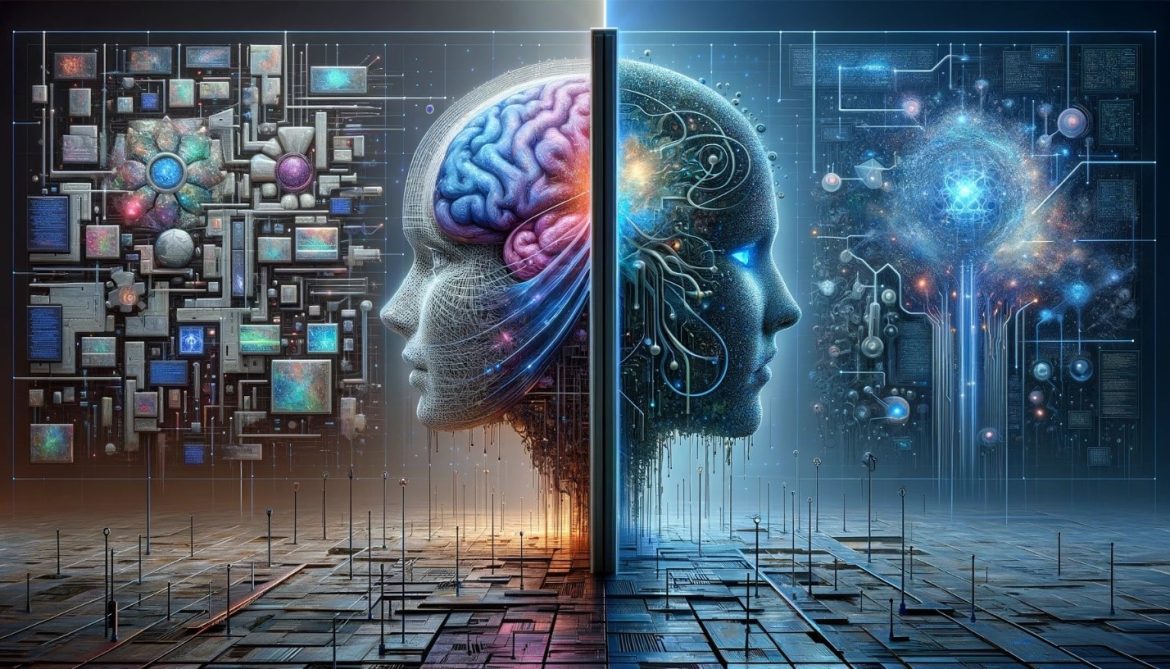Introduction: A New Frontier in Understanding Intelligence
In the rapidly advancing domain of technology and cognitive science, a groundbreaking discovery has emerged, shedding light on the inherent limitations that both artificial intelligence (AI) and human reasoning encompass. This revelation not only marks a pivotal moment in our understanding of intelligence but also sets the stage for a nuanced dialogue about the future of AI and its symbiotic relationship with human cognition.
The Discovery: A Dual Perspective on Intelligence Limits
Unraveling the Mysteries of AI
AI, with its remarkable capabilities, has transformed industries, revolutionized how we interact with technology, and has even outperformed humans in specific tasks. However, this discovery highlights a critical boundary to its prowess. Despite advances in machine learning, neural networks, and computational power, AI remains constrained by its underlying algorithms and the data it is fed. These limitations manifest in a lack of true understanding, creativity, and the ability to navigate the nuances of human emotions and ethics.
Related:
Exploring the Human Mind
Conversely, human reasoning, while unparalleled in its depth and complexity, is subject to its own set of limitations. Cognitive biases, emotional influences, and the sheer complexity of the brain’s neural networks mean that human reasoning is not infallible. Our capacity for creativity, empathy, and ethical judgment is bounded by neurological and psychological constraints.
Comparative Analysis: AI and Human Reasoning in the Spotlight
Algorithmic vs. Neural Constraints
The discovery draws a fascinating parallel between the algorithmic constraints of AI and the neural constraints of the human brain. Both are limited by their fundamental building blocks—algorithms for AI and neurons for humans. This comparison sheds light on the intrinsic limitations that define both forms of intelligence.
Learning Limitations and Potential for Growth
Another critical aspect of this discovery is the exploration of learning limitations and the potential for growth in both AI and humans. AI’s learning is limited by the quality and quantity of data, whereas human learning is constrained by cognitive capacities and environmental factors. Despite these limitations, both AI and humans possess remarkable potential for growth and adaptation, albeit through different mechanisms.
Future Implications and Ethical Considerations
Navigating the Path Forward
This discovery prompts a reevaluation of how we develop AI technologies and how we understand human intelligence. By acknowledging these limitations, researchers and developers can focus on creating AI that complements human reasoning, rather than attempting to replicate or surpass it.
Ethical and Societal Implications
Moreover, understanding the limitations of AI and human reasoning has profound ethical and societal implications. It calls for a responsible approach to AI development, one that recognizes AI’s potential impact on society and the importance of incorporating human ethics, empathy, and understanding into technological advancements.
Conclusion: Embracing the Limits to Forge Ahead
This groundbreaking discovery on the limitations of AI and human reasoning does not mark the end of our quest to understand intelligence. Instead, it provides a new lens through which we can view the future of AI and human collaboration. By embracing these limitations, we can pave the way for more ethical, empathetic, and effective solutions that leverage the best of both worlds.




